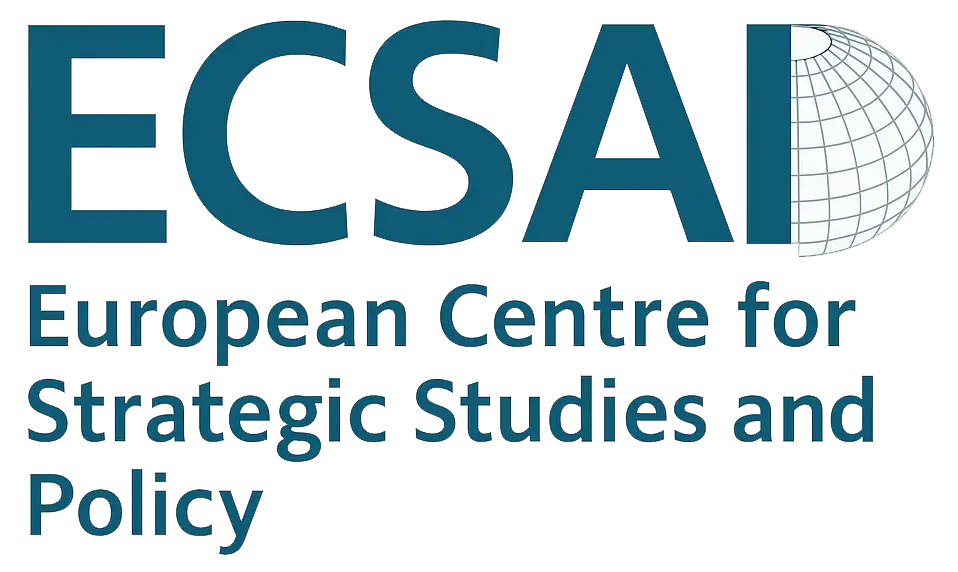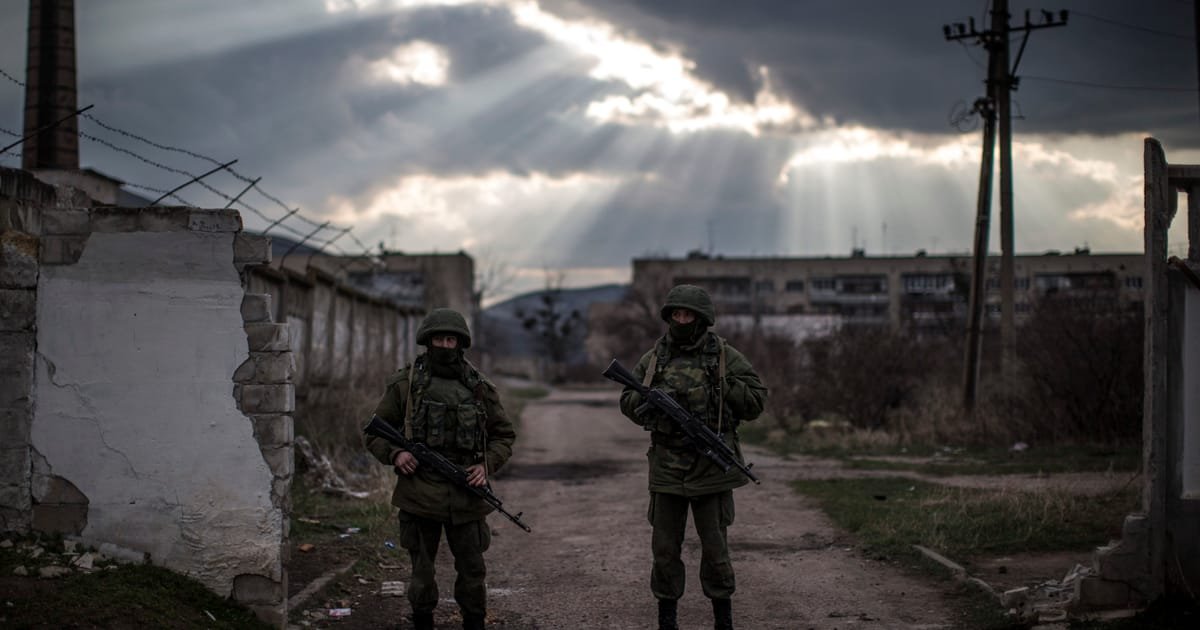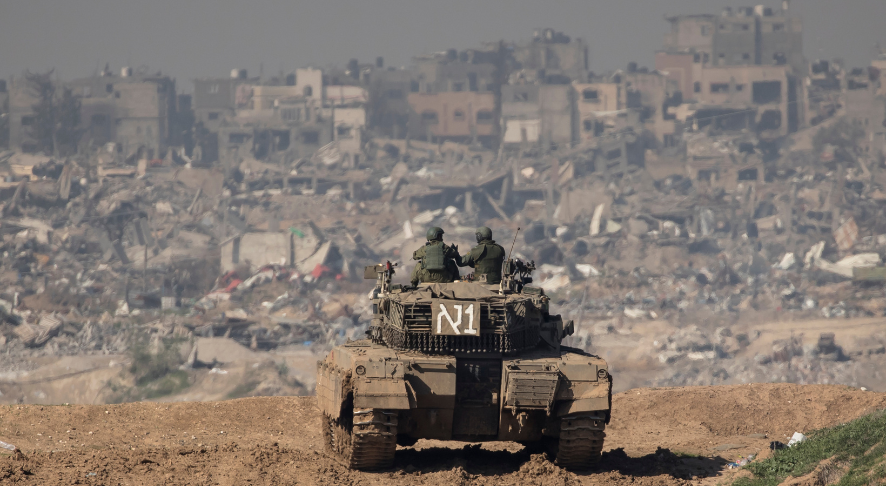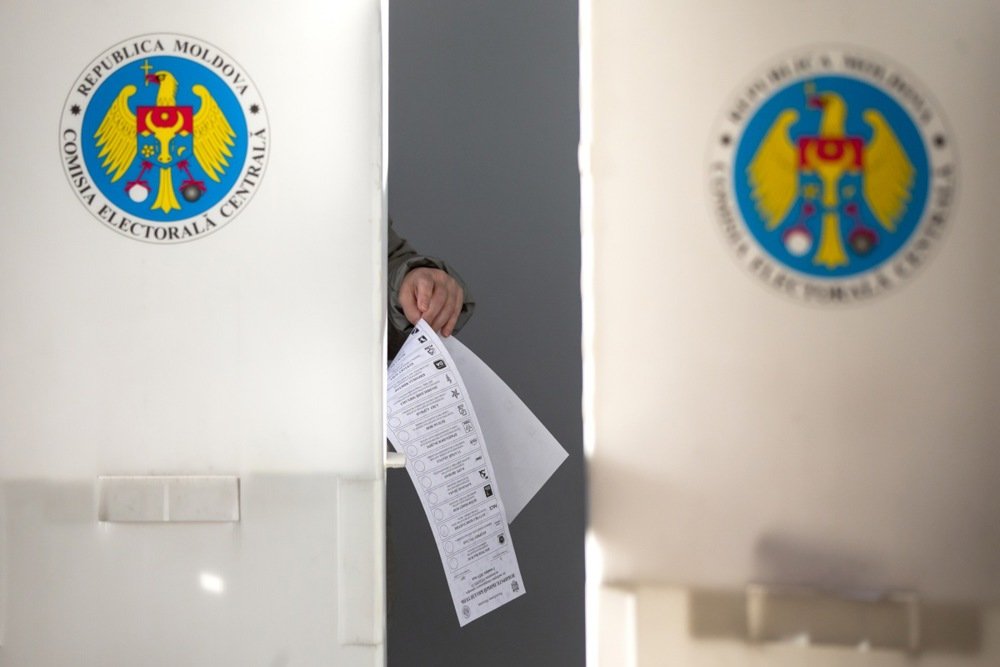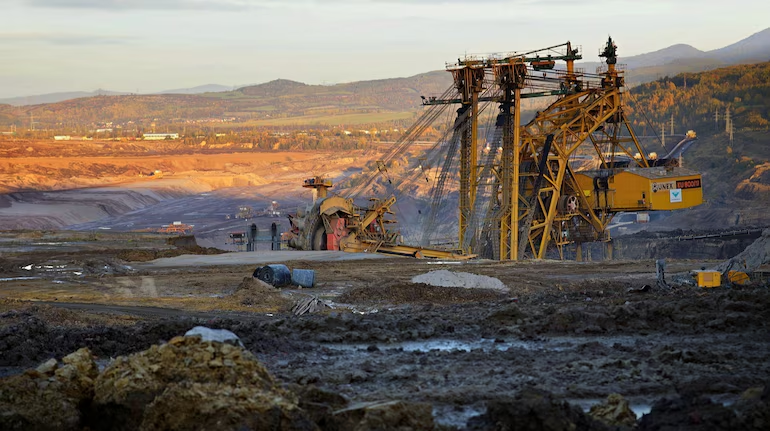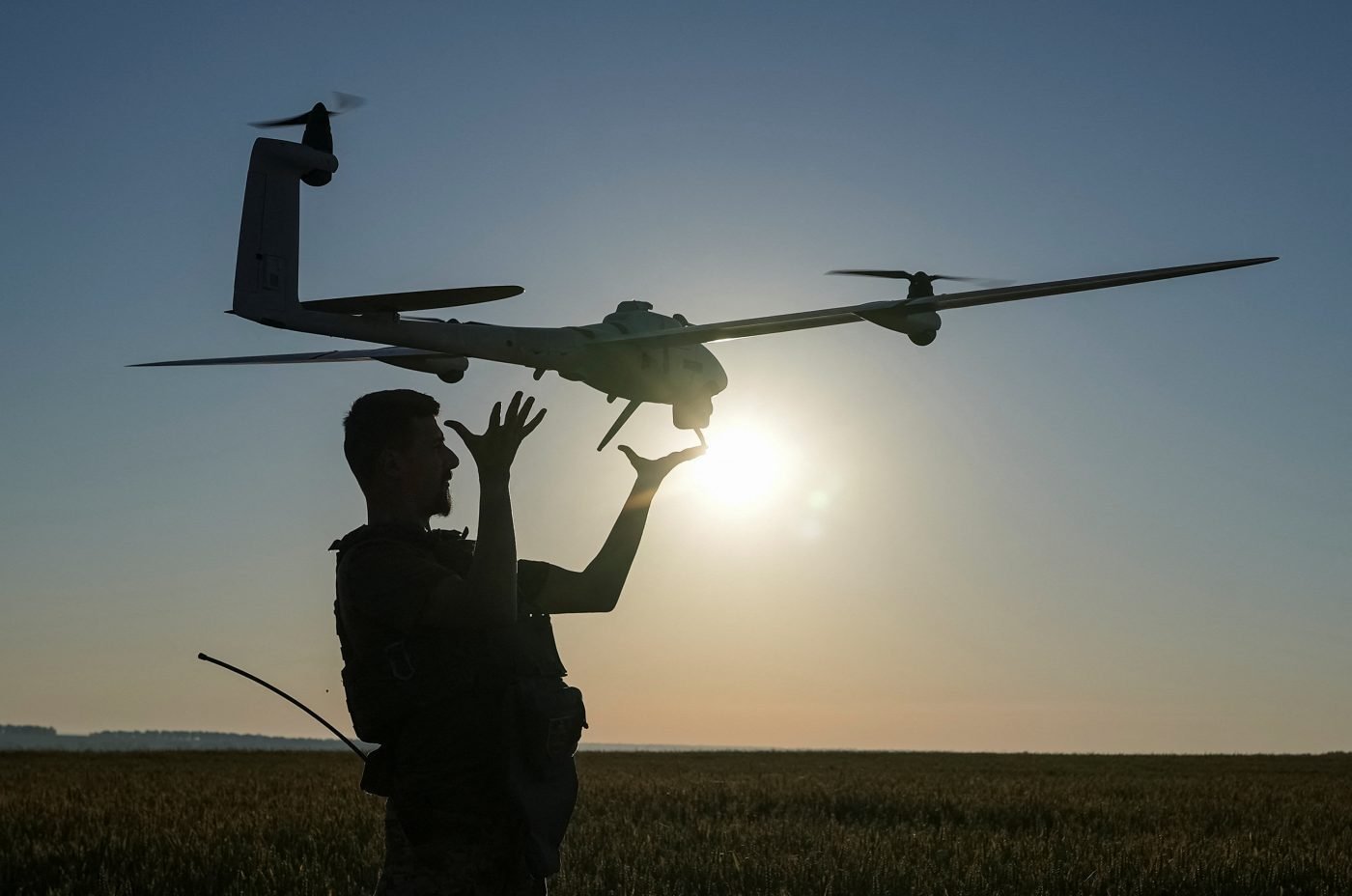European Centre for Strategic Studies and Policy (ECSAP)
Executive Summary (Key Judgments)
- Battlefield: Russia continues slow, costly gains on select axes (notably toward Pokrovsk) without decisive breakthroughs. Ukraine’s long-range drone campaign is degrading Russian oil infrastructure, logistics, rail, and depots; the Black Sea Fleet is pushed east and largely restricted to standoff strikes while Ukrainian ports remain open.
- Diplomacy: No credible public evidence of a substantive Russian shift; large-scale strikes on cities continue. A cease-fire remains distant.
- Inside Russia: Escalating repression and suspicious elite deaths; an estimated ~1.3 million skilled Russians have left, creating long-term structural costs.
- Russian economy: Short-term “resilience” masks structural fragilities—high inflation/interest rates, under-investment, rising deficits, and dependence on oil revenue.
- Ukraine’s economy: Weak growth, high inflation, labor constraints from displacement and mobilization; aid sustains basic stability but cannot unlock dynamic growth without de-escalation.
- Ukrainian public mood: Broad fatigue and desire for peace, yet strong rejection of any formal territorial concessions to Russia.
- Moscow’s terms: Demands the entirety of Luhansk and Donetsk (including Sloviansk/Kramatorsk/Pokrovsk); Kyiv and European partners reject.
- Security guarantees: NATO membership is unlikely soon; proposals for “Article-5-like” guarantees hinge on sustained arms flows, defense industrial cooperation, and limited European deployments in Ukraine—yet European readiness is constrained without a credible US backstop.
- China factor: Beijing does not want Russia to lose; continues dual-use support for Russia’s defense base while hedging for a post-war, possibly post-Putin, future.
- Accountability & rights: The forcible transfer of Ukrainian children is a core obstacle to any credible settlement; international accountability advances slowly amid legal/logistical hurdles.
Military Situation
- Land: Incremental Russian advances at high cost; no decisive operational collapse on the Ukrainian side.
- Air/Deep Strikes: Ukrainian drones increasingly disrupt Russian energy/logistics, amplifying economic pressure.
- Maritime: Russia’s Black Sea Fleet freedom of maneuver is reduced; Ukrainian export corridors remain active.
Diplomacy
- No verified change in Russia’s negotiating position; heavy strikes (e.g., late-August barrages) undercut claims of flexibility.
- A Putin–Zelenskyy meeting remains unlikely in the near term; Moscow leverages time to bank incremental gains and shift blame.
Russia: Domestic Landscape
- Intensified repression, criminalization of dissent, exile of independent media.
- Brain drain erodes innovation capacity and medium-term growth potential.
Russia’s Economy
- War spending up; deficit >~2% of GDP, ongoing drawdown of the National Welfare Fund.
- Inflation and tight monetary policy restrain investment; oil revenues remain the critical lifeline—creating a sanctions pressure point.
Ukraine’s Economy
- Slowing growth, double-digit inflation, currency pressure, and constrained productive capacity.
- Western support preserves macro-stability but cannot drive high-growth recovery until violence abates.
Security Guarantees
- Best-case (theoretical): NATO membership (not imminent).
- Interim model: Legally backed “Article-5-like” guarantees: sustained weapons flows, joint defense-industrial projects, in-country European deployments for air defense/ISR/logistics/training; US air/naval backstop from neighboring NATO territory.
- Gap: European hesitation and limited deployable mass without a credible US umbrella.
NATO & EU Tracks
- NATO: “Irreversible path” politically affirmed; invitation contingent on consensus and conditions—no near-term accession.
- EU: Real reform progress under fire; political spoilers remain, and enlargement raises structural questions (single market, CAP, decision-making reforms).
Economic Tools & Sanctions
- Priority lever: Russian oil (tighter price cap enforcement, secondary sanctions on shippers/insurers/brokers, choke “shadow fleet”).
- Frozen Russian assets: Use windfall proceeds to fund air defense and urgent reconstruction.
- Scale up European defense production and lift strike-range constraints under coordinated frameworks.
Human Rights & Accountability
- Deported children: Central moral and strategic issue; low return rate to date; ICC warrants exist but enforcement is limited.
- Justice: Multiple venues (ICC, domestic courts, prospective special tribunal), but immunities/logistics slow progress; accountability must be integrated into any settlement architecture.
China
- Rhetorical and material backing to Russia’s defense industry (dual-use flows), while quietly institutionalizing tieswith Russian elites for multiple post-war contingencies.
Baltic Perspective
- Diplomacy without coercive pressure is counterproductive; Moscow uses talks to buy time, rearm, and press for concessions. Only rising costs can incentivize genuine compromise.
Scenarios (6–12 Months)
- Attritional status quo (Baseline): Slow Russian gains; expanding Ukrainian deep-strike tempo; rising but manageable strain on Russia’s economy.
- Sanctions escalation + AD surge: Tighter oil sanctions + surge in Ukrainian air defense reduce Russian strike payoff, enabling Ukrainian economic stabilization.
- Support erosion: Delivery lags and political fatigue erode Ukraine’s defensive capacity, pushing toward a suboptimal settlement.
- Limited geographic cease-fire: Frozen lines with ongoing long-range strikes; unresolved dossiers (children, accountability) persist.
Indicators to Watch (Early Warning/Opportunity)
- Russian oil export volumes and net budget intake (monthly).
- Frequency/range of Ukrainian drone strikes on energy, bridges, and rail.
- Ukraine’s air-defense stockpiles and European/US delivery cadence.
- Concrete moves toward European deployments inside Ukraine (AD/ISR/training).
- Ukrainian public sentiment on elections, anti-corruption, and reforms.
- Strike intensity vs. operational payoff for Russia.
- Shifts in China’s dual-use export posture.
Policy Recommendations (ECSAP)
For the European Union and European States
- Air-Defense Surge Now: Accelerate transfer of Patriot/SAMP-T and interceptors; institute a rotating European AD coverage plan.
- Joint Defense Production: Multi-year emergency contracts for munitions and UAVs; financing/guarantees to crowd-in industry.
- Smart Oil Pressure: Tighten price cap enforcement and secondary sanctions; target shipping, insurers, flags, and brokers sustaining the shadow fleet.
- Frozen Assets Utilization: Channel windfall proceeds to procure AD systems and fund urgent reconstruction.
- Limited In-Country Deployment: European AD/ISR/logistics/training units inside Ukraine under clear rules and close US coordination.
- Child Repatriation Mechanism: EU-led tracing, sanctions on responsible individuals/entities, and integration into any talks as a non-negotiable benchmark.
- EU Pathway: Maintain reform momentum, manage spoilers via incentives/penalties, and set a conditional timeline.
For the United States and Transatlantic Partners
- Credible Umbrella: A joint statement specifying measurable “Article-5-like” elements (delivery rates, coverage levels, deployment footprints).
- Lend-Lease/Innovative Finance: Loan arrangements with European backstops to sustain US kit flows without depleting critical stockpiles.
- Oil Sanctions Escalation: Time-bound, enforceable measures to generate negotiating leverage while coordinating market stability.
- Lead on Children: Tie any diplomatic track to verifiable milestones in child returns.
- Accountability: Resource ICC/other mechanisms while safeguarding space for negotiated outcomes that don’t immunize future crimes.
